Growing Litchi: Tips for a Bountiful Harvest of This Delicious Fruit
The most significant subtropical evergreen tree is the litchi. Litchi fruit is well-known for its lovely red color, superior quality attributes, and delectable flavor.Varieties An extensive range of cultivars are cultivated in India. E area is most suited for Bambia, Elaichi Early, China, Dashi, Purina, and Kasabare types.
Top tips for growing luscious litchis in your backyard garden from Farmersrathna Agri-news
Seed propagation is not recommended since plants grown from seeds require 7–12 years to bear fruit and do not provide fruits that are true to type. The most popular and straightforward technique is air layering. A 2.5–4.0 cm broad, robust, strong twig is cut off just below a bud, leaving a ring of bark approximately 2 cm wide. The twigs are roughly a year old. IBA or For earlier and more rooting, root on may be applied to the cut section. A polythene sheet is used to enclose the cut, which is encircled with a mud ball made of two parts moist moss and one part soil from the old litchi tree's basin. The branch is cut below the soil or sphagnum moss and planted in a nursery after enough roots have grown, which takes approximately two months. Both ends are knotted with thin rope to make it airtight. The best time to visit is from July to October. During the monsoon, air-layered plants that are around six months old should be moved to a permanent field.
Planting
In a square arrangement, the pits measuring l m x 1rn x 1rn should be excavated 10 m apart.
When dealing with acidic soil, it is recommended to use mycorrhizal fungus cultures or utilize soil from an old litchi orchard for pit filling in addition to FYM. It is best to plant in the early monsoon season. In the spring, if irrigation facilities are available, planting may also be done.
It is not advised to plant a litchi orchard in very dry or extremely rainy circumstances.
FYM, P & K have to be given in December, whereas the Y2 dosage of N in February, April 1, 4, and the last 1, 4 after fruit harvest. Additionally, 4 kg of zinc sulfate and 2 kg of hydrated lime diluted in 500 liters of water may be sprayed on litchi orchard.
Cross-cultural collaboration
Hand weeding or hoeing is the primary method of controlling weeds. Herbicides such as Diuron or Atrazine, sprayed at a rate of 5 kg/ha per month, effectively limit weed growth. Compared to organic mulch, black polythene mulch is more successful in controlling weeds.
Interplanting It is possible to intercrop fast-growing fruit plants like papaya and vegetables in litchi orchards.Breaking fruit
This is a severe issue in arid environments, and it should be controlled by providing adequate and wise irrigation when the fruit is developing. To manage the disease, two foliar spray applications of NAA (2 g 100 L water or 445 ml Plano fix/l00 of L water) should be made: one at the pea stage, and a second 10 days later. Irrigation should be supplied every three days throughout the dry season.
Maximize your litchi yield with these proven cultivation techniques from Farmersrathna Agri-news
Insects and Pests
Gathering and production
Litchi harvesting often takes place in May or June. Fruit has to be preserved correctly to preserve quality and prevent gluts. Fruit storage at 5-7QC may help to reduce losses. In addition to maintaining flavor and color, storage helps to prevent significant weight loss in the fruit. Fruit yield ranges from 80 to 150 kg per tree, depending on the type and vigor of the tree.
-logo.webp.png)
.jpg)
-logo.webp.png)
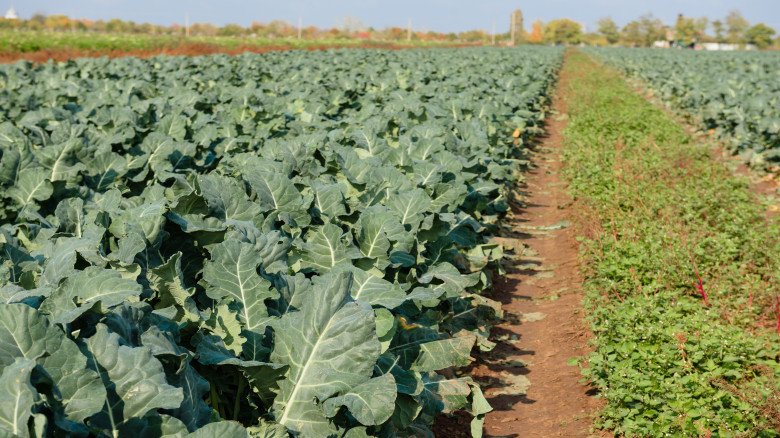


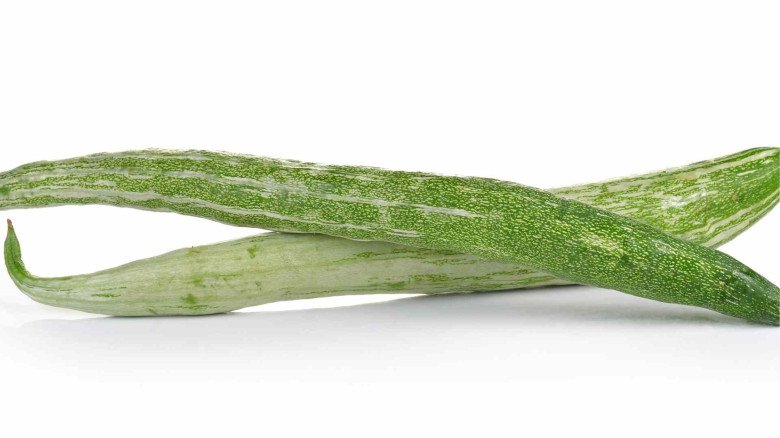

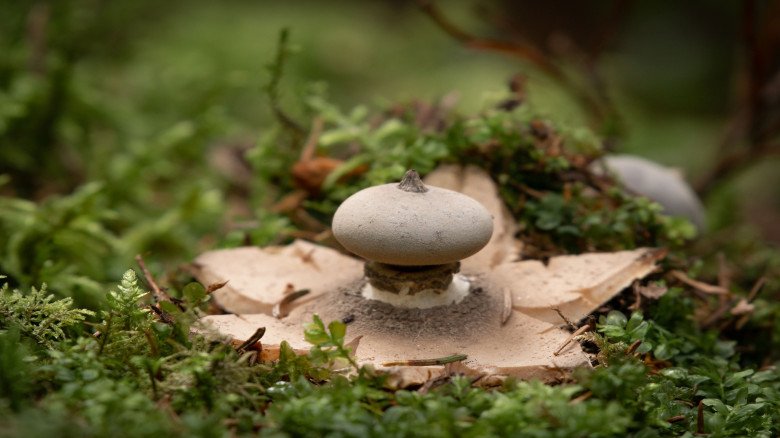

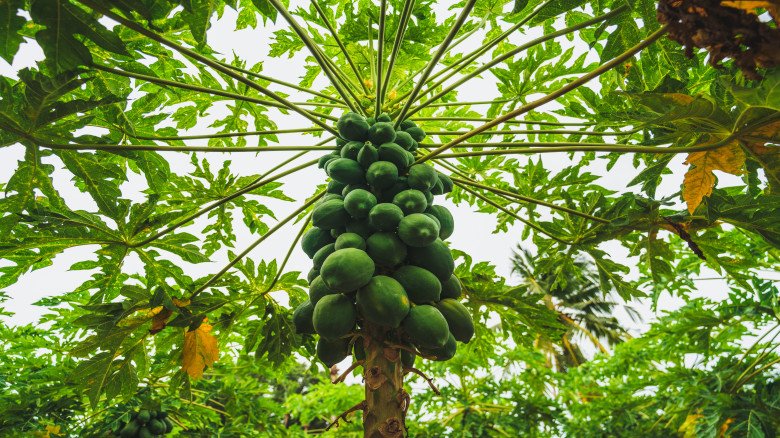
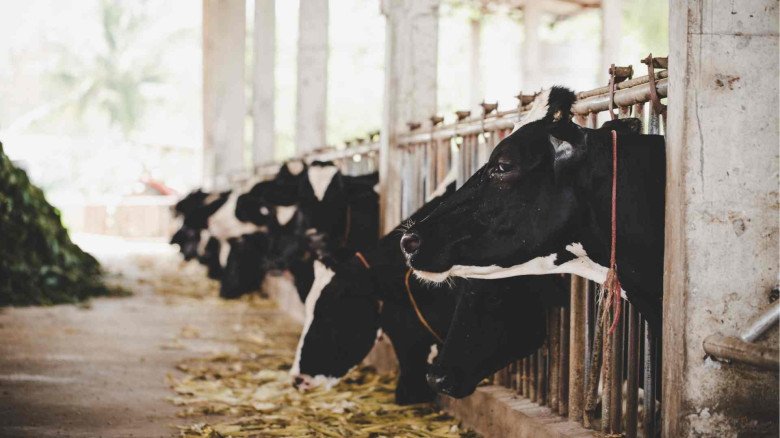
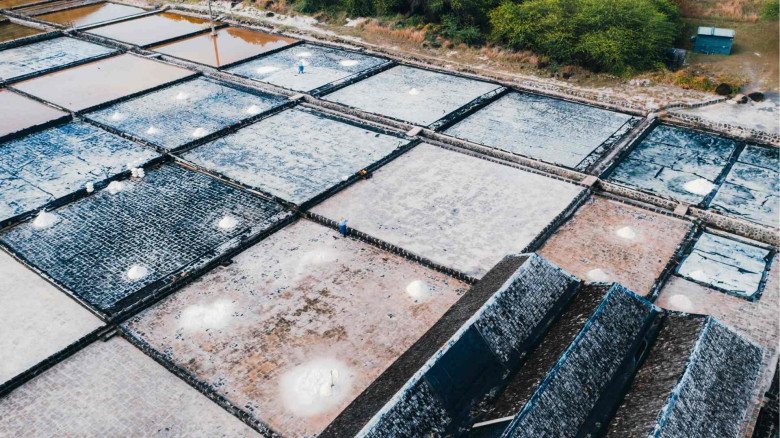
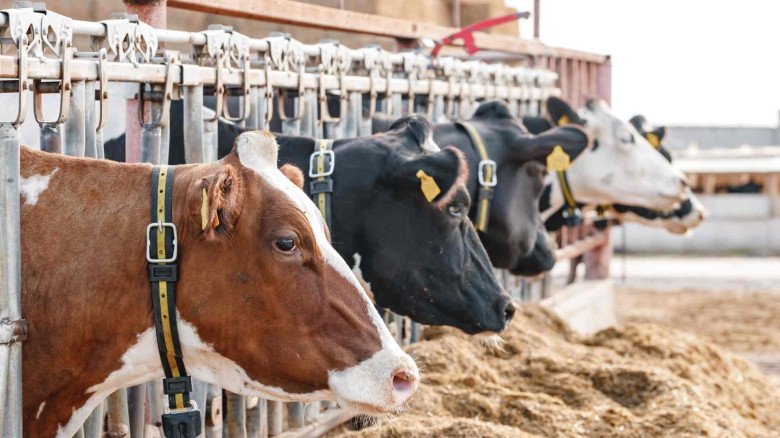
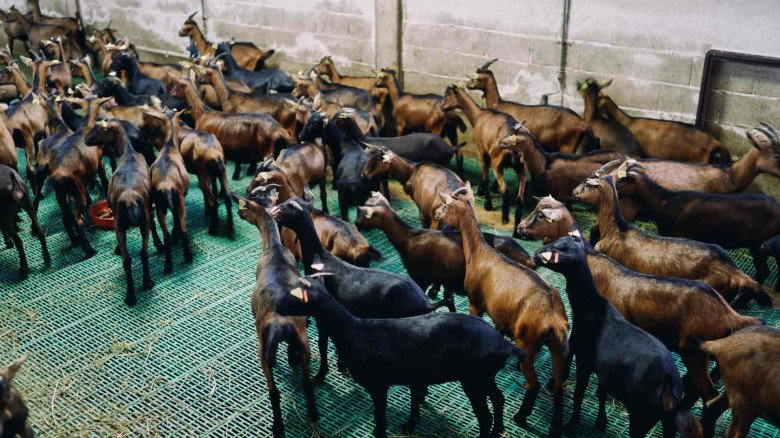

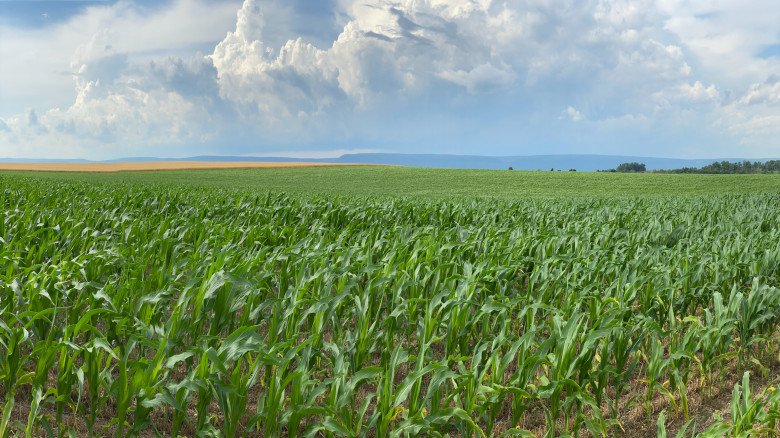
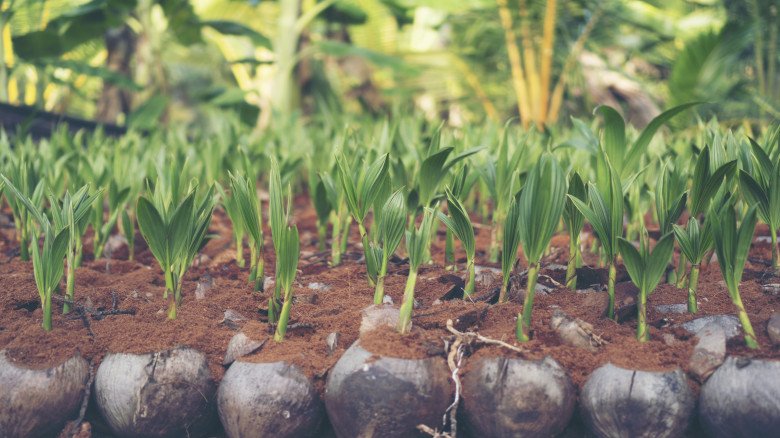

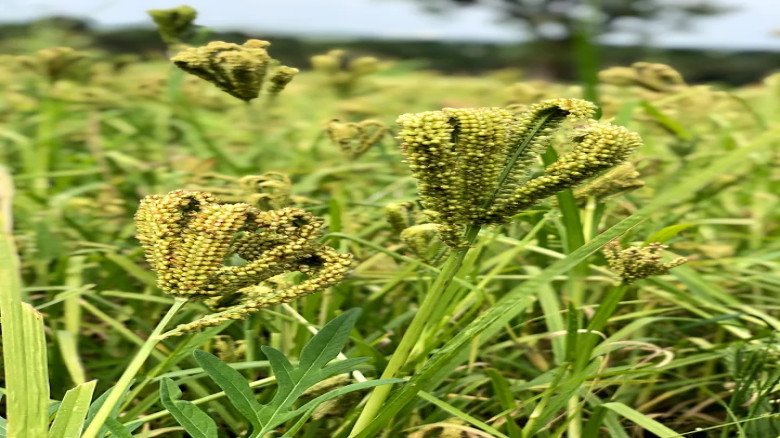
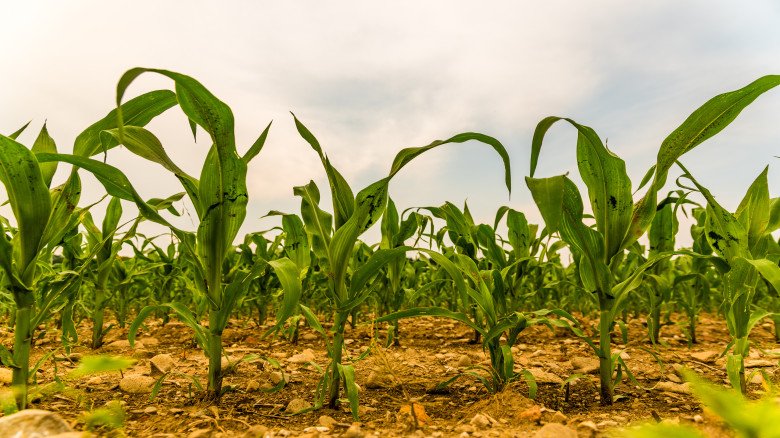
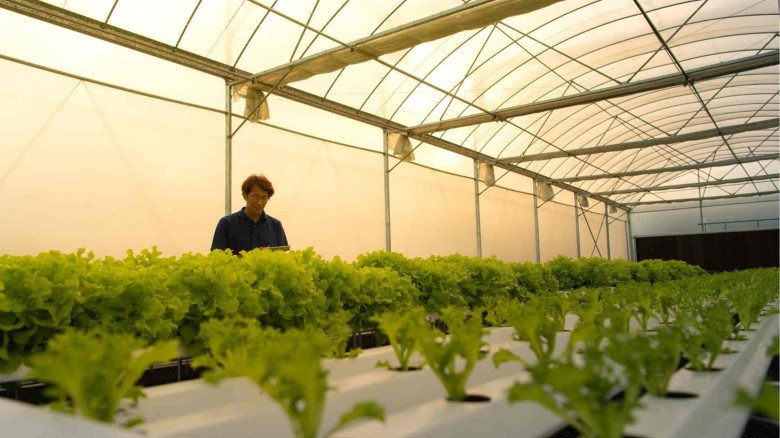



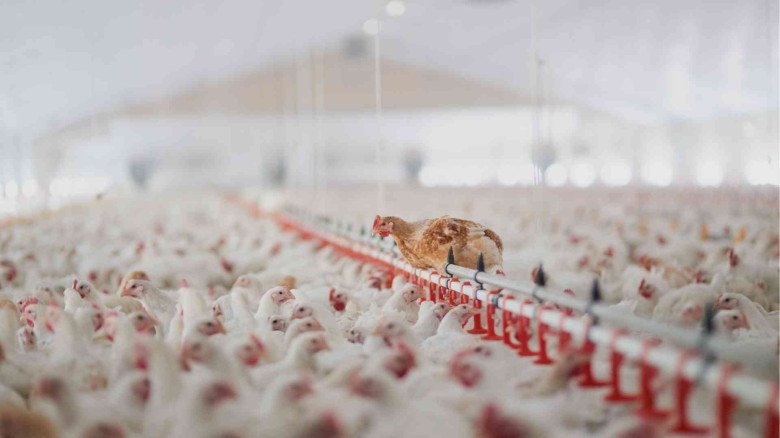
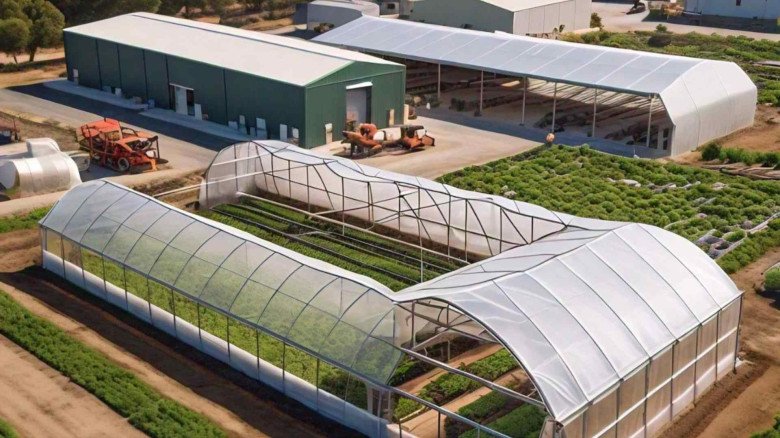

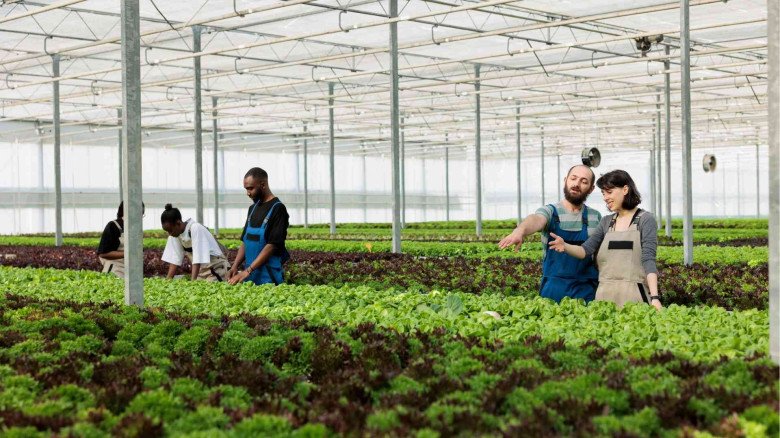
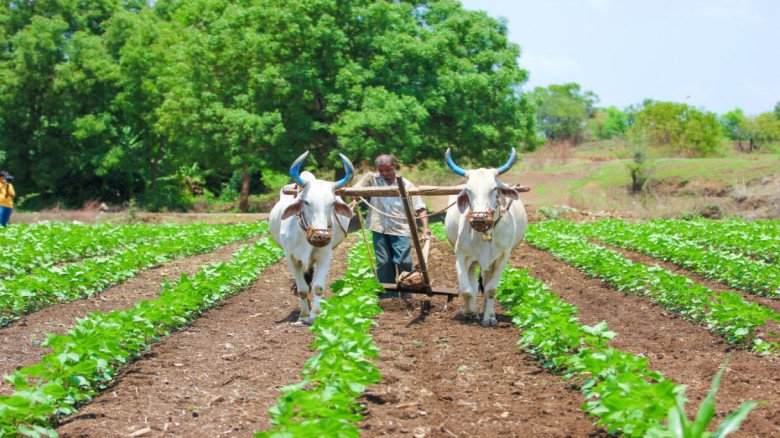
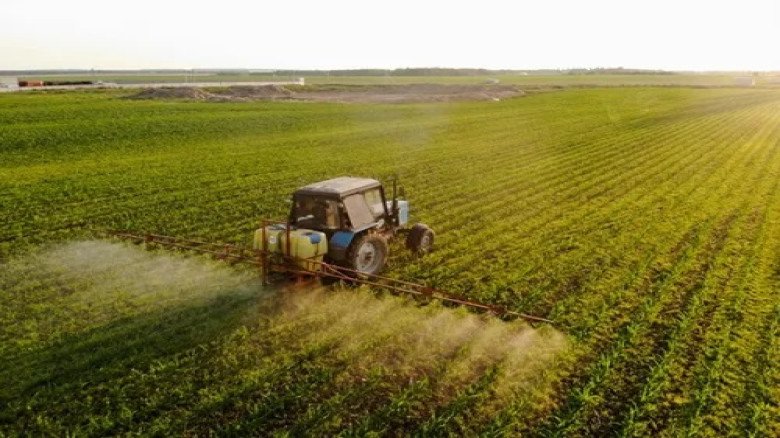
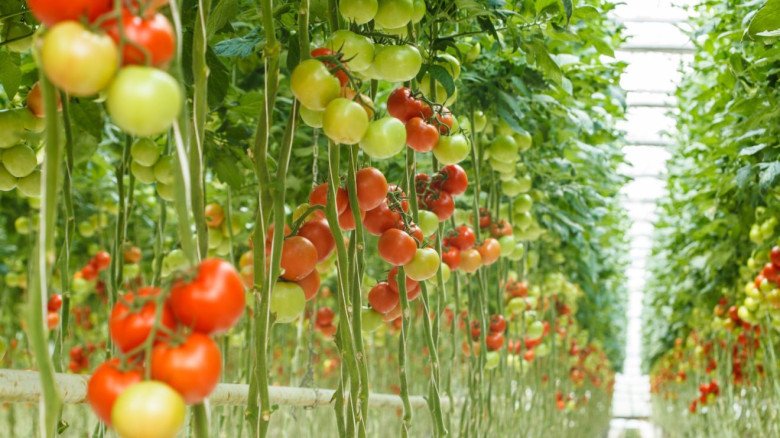

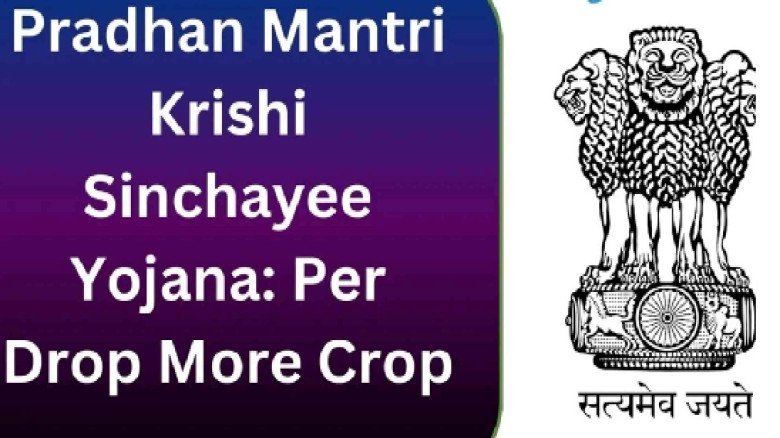


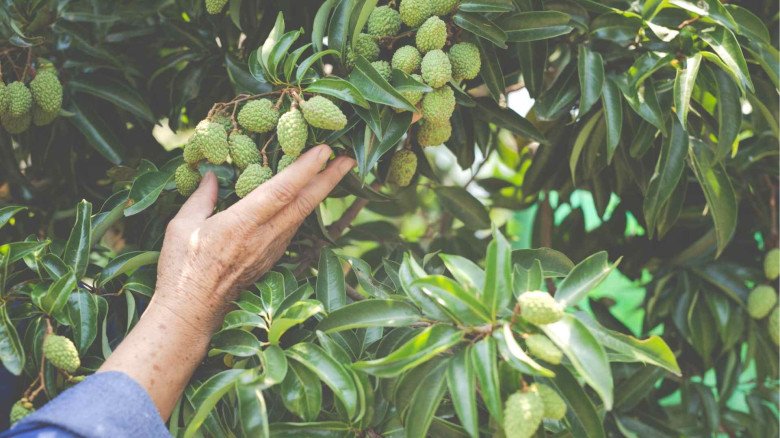
Leave A Comment